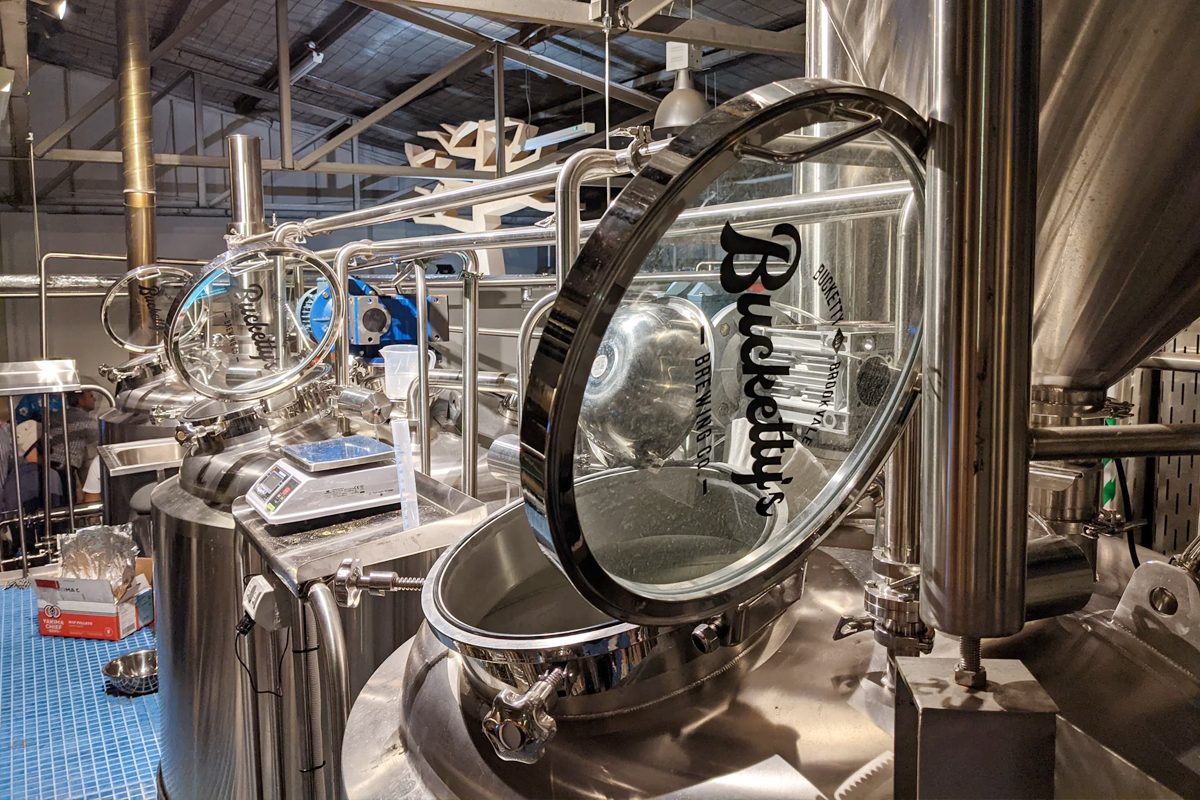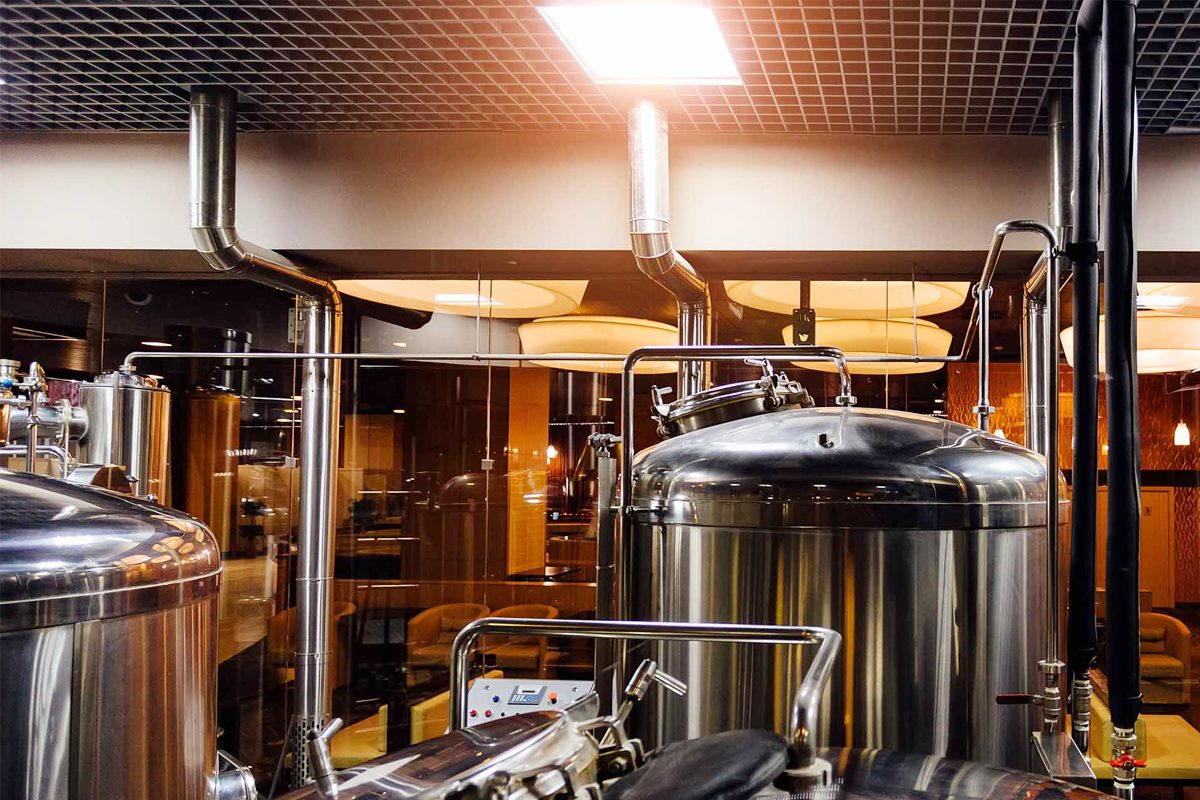
Cost Analysis of Setting Up A Microbrewery
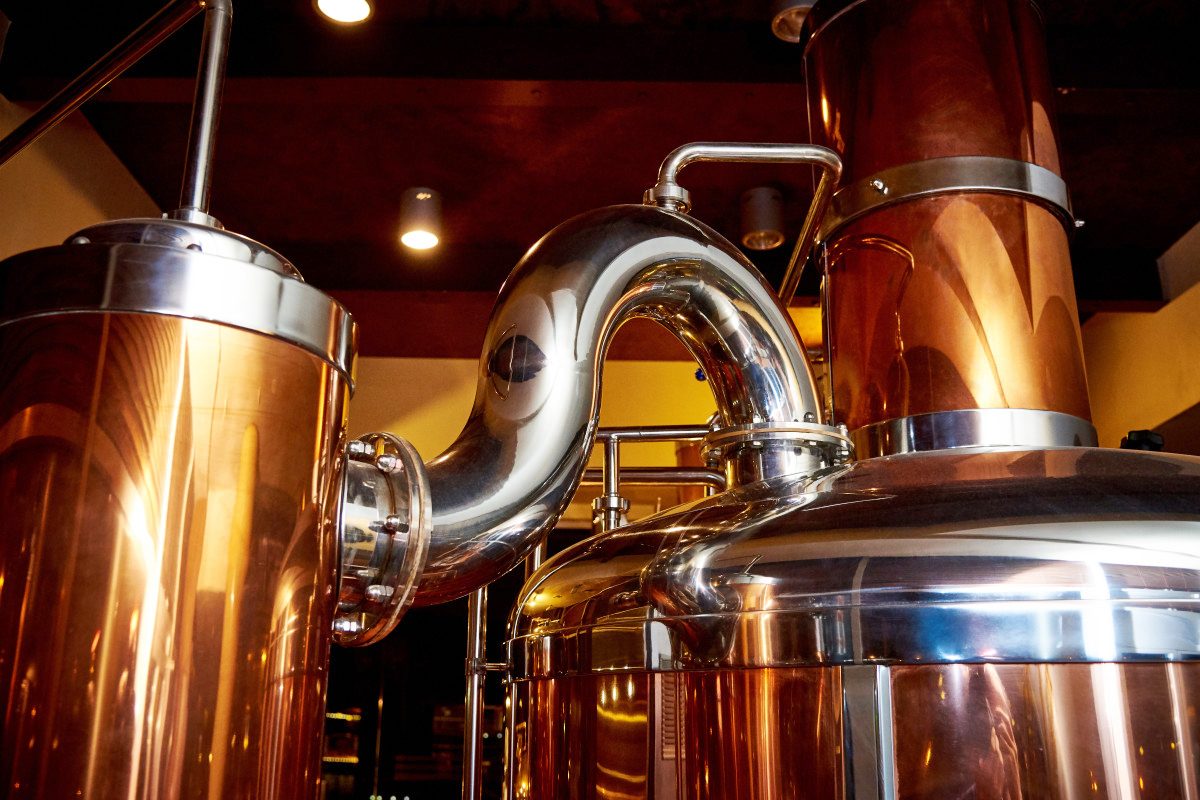
Initial Investment Costs
Location and Space
The location of your microbrewery is one of the most critical factors influencing both the initial investment and ongoing costs. The cost of leasing or purchasing property can vary widely depending on the region, size, and desirability of the location.
- Urban vs Rural: Urban areas generally have higher real estate costs, but they offer greater access to a large customer base. In contrast, rural locations may be cheaper but could require additional marketing to attract customers.
- Size Requirements: A typical microbrewery may require 2,000 to 10,000 square feet of space. The space should accommodate brewing equipment, storage, a tasting room, and possibly a small kitchen if you plan to serve food.
- Cost Estimate: Leasing costs can range from $10 to $30 per square foot annually, depending on the location. Purchasing property can range from $100 to $400 per square foot.
The heart of any microbrewery is its brewing equipment. The cost of equipment will vary depending on the scale of production, the type of beer being brewed, and the quality of the equipment.
- Brewing System: This includes fermentation tanks, brewhouse equipment, bright tanks, and associated piping and controls. A 3-barrel system might cost between $100,000 and $150,000, while a 10-barrel system could range from $250,000 to $350,000.
- Ancillary Equipment: Items like kegs, hoses, pumps, and refrigeration systems are essential. This equipment can add $50,000 to $100,000.
- Packaging Equipment: If you plan to bottle or can your beer, packaging equipment is necessary. A basic bottling line can start at $50,000, with more advanced systems costing $200,000 or more.
- Installation Costs: Installation of brewing equipment can add another 10-20% of the equipment cost, covering plumbing, electrical work, and other modifications to the space.
Licensing and Permits
Navigating the legal landscape is a critical step in setting up a microbrewery. Licensing and permits can be complex, varying by country, state, and even local municipality.
- Alcohol Production License: This is essential for legally producing and selling alcohol. Costs range from $1,000 to $10,000, depending on your location.
- Health and Safety Permits: These ensure that your brewery complies with local health regulations. Costs vary but typically range from $500 to $2,000.
- Environmental Permits: Breweries often require wastewater permits due to the nature of the brewing process. These can cost between $500 and $5,000.
- Zoning Permits: Zoning laws may restrict where you can set up your microbrewery. Rezoning costs or special permits can range from $1,000 to $10,000.
Branding and Marketing
Creating a brand image and marketing your microbrewery can help attract customers and carve out a niche in the market.
- Brand Development: This includes logo design, website development, and packaging design. Costs can range from $5,000 to $20,000, depending on the complexity and the agency you hire.
- Initial Marketing Campaign: Launching your brewery will require an initial push in marketing, including social media, local events, and possibly traditional advertising. Budgeting $10,000 to $30,000 for the initial campaign is typical.
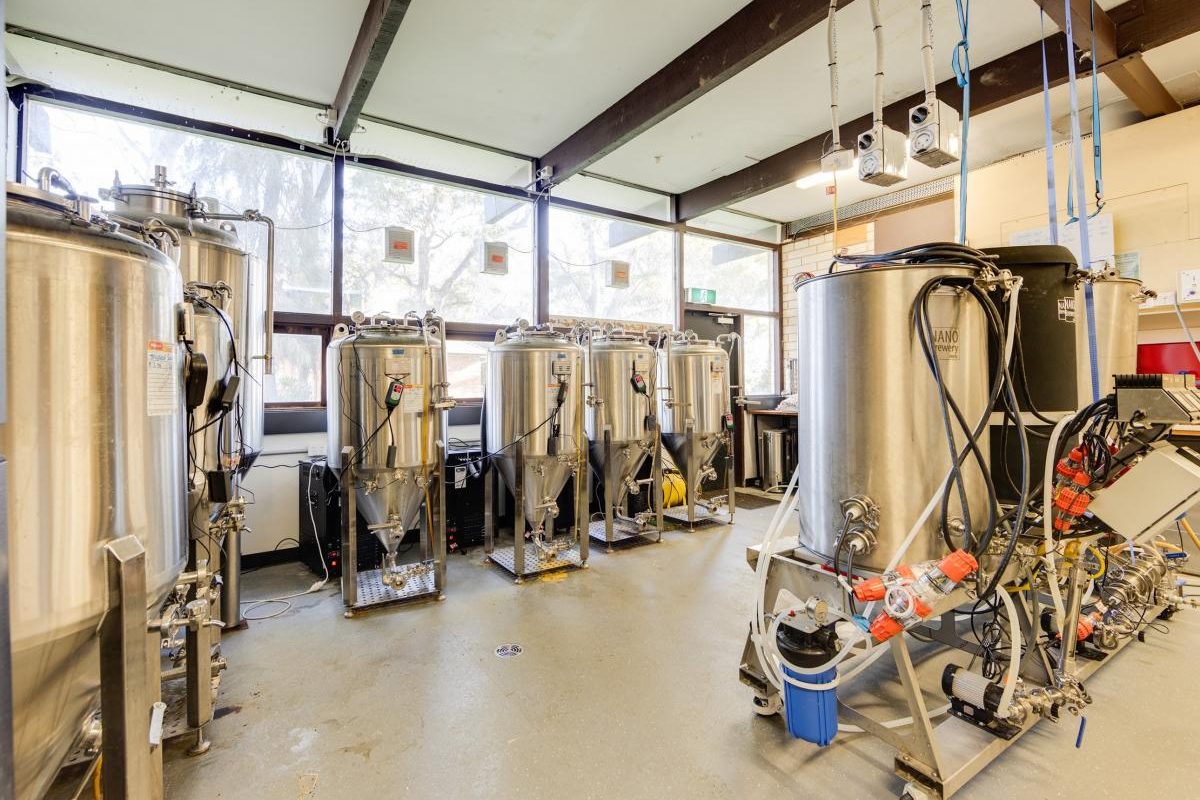
Ongoing Operational Costs
Ingredients and Supplies
The cost of raw materials is a significant ongoing expense for any microbrewery.
- Malt: One of the primary ingredients in beer, malt, can cost around $0.50 to $1.00 per pound. A microbrewery producing 1,000 barrels annually might spend $25,000 to $50,000 on malt alone.
- Hops: The cost of hops can vary significantly based on the variety and the market. Expect to pay between $10 and $25 per pound. Annual costs could range from $10,000 to $50,000.
- Yeast: Yeast costs are relatively low, but high-quality yeast cultures can cost $100 to $500 per batch.
- Water: While water is inexpensive, the cost of water treatment, filtration, and disposal can add up. Budgeting $5,000 to $10,000 annually for water-related expenses is reasonable.
- Packaging Materials: Bottles, cans, labels, and cartons are ongoing costs. Expect to pay $0.50 to $1.00 per bottle or can, with annual costs ranging from $50,000 to $150,000 depending on production levels.
Utilities
Brewing is an energy-intensive process, making utility costs a significant operational expense.
- Electricity and Gas: Powering the brewery’s equipment, heating water, and maintaining temperature control can cost between $2,000 and $5,000 per month.
- Water and Sewage: Water usage in brewing is substantial, with most breweries using 3 to 7 barrels of water for every barrel of beer produced. Monthly costs might range from $1,000 to $3,000.
- Waste Disposal: Breweries generate waste that requires proper disposal, including spent grains and wastewater. Disposal costs can range from $500 to $2,000 per month.
Staffing Costs
Hiring skilled staff is necessary to successfully run a microbrewery.
- Brewmaster: A brewmaster’s salary can range from $50,000 to $100,000 annually, depending on experience and location.
- Assistant Brewers: Assistant brewers typically earn between $30,000 and $50,000 annually.
- Sales and Marketing Staff: If you employ a sales or marketing team, expect to pay salaries in the range of $40,000 to $80,000 annually per employee.
- Tasting Room Staff: If your brewery includes a tasting room, bartenders and servers will add to your staffing costs. Expect to pay $15 to $25 per hour for these positions.
- Benefits and Taxes: Don’t forget to account for employee benefits, insurance, and payroll taxes, which can add another 20-30% to your total staffing costs.
Maintenance and Repairs
Maintaining brewing equipment and facilities is an ongoing cost that can vary depending on the age and quality of your equipment.
- Routine Maintenance: Budgeting 2-5% of your equipment cost annually for maintenance is a good rule of thumb. For a microbrewery with $500,000 in equipment, this could range from $10,000 to $25,000 per year.
- Repairs: Unexpected repairs can occur, so it’s wise to set aside a contingency fund. A typical budget might be $5,000 to $10,000 annually.
Insurance
Insurance is a necessary expense to protect your business from various risks.
- General Liability Insurance: This covers accidents and injuries that may occur on your premises. Costs range from $1,000 to $3,000 annually.
- Product Liability Insurance: This protects you in case a customer gets sick from your beer. Annual costs can range from $2,000 to $5,000.
- Property Insurance: Covers your equipment and property from damage or theft. Costs typically range from $2,000 to $5,000 annually.
- Workers’ Compensation Insurance: Required if you have employees, with costs depending on your state’s laws and your total payroll.
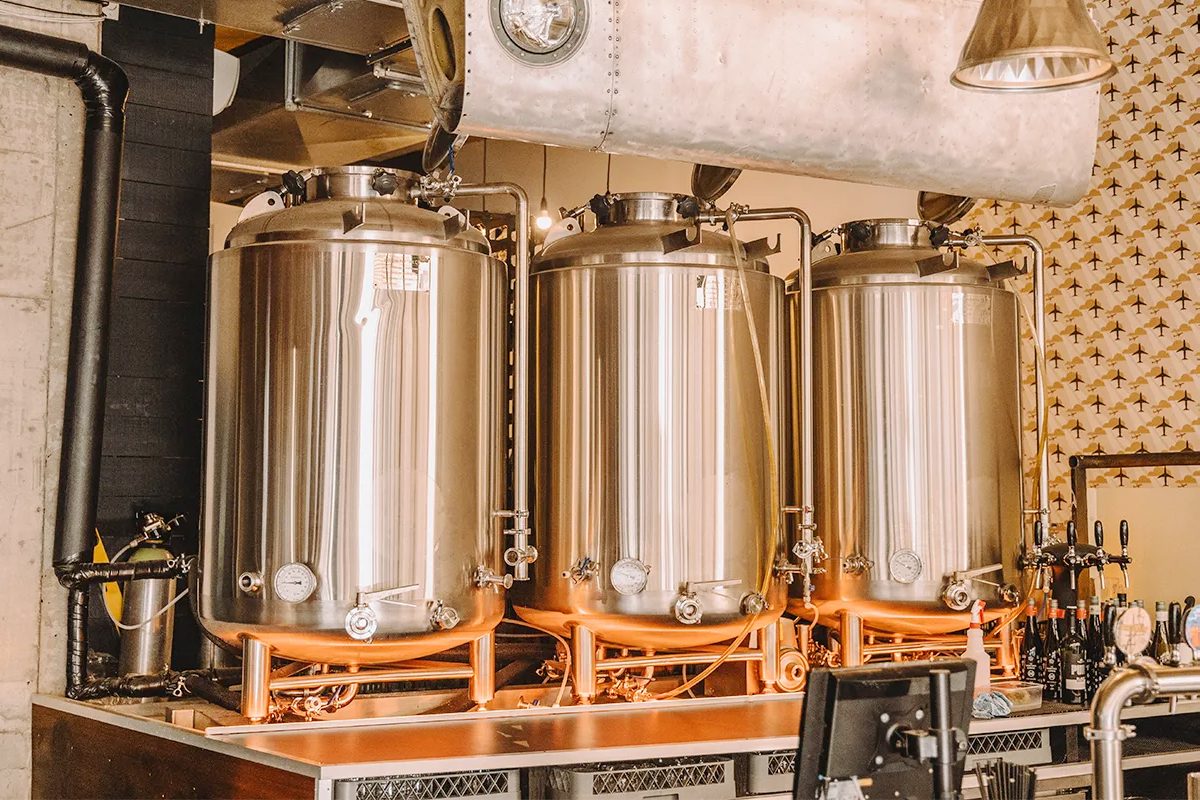
Revenue Streams and Profitability
Direct Sales
Direct sales, either through a taproom or retail sales, are the most common revenue stream for microbreweries.
- Taproom Sales: Selling beer directly to customers in a taproom offers the highest profit margin. A pint of beer might sell for $5 to $8, with a production cost of $1 to $2.
- Retail Sales: Selling bottles or cans through retail channels offers lower margins due to distributor and retailer markups. A six-pack might sell for $10 to $15, with production costs around $5.
Wholesale Distribution
Many microbreweries expand by distributing their beer to bars, restaurants, and retail stores.
- Keg Sales: Selling kegs to bars and restaurants can be profitable but involves lower margins due to distributor fees. A standard keg might sell for $100 to $150, with production costs around $50.
- Distributor Relationships: Working with distributors can expand your reach but will require giving up 20-30% of your revenue in distributor fees.
Events and Partnerships
Hosting events and partnering with local businesses can provide additional revenue streams.
- Brewery Events: Hosting events such as beer tastings, brewery tours, or private parties can generate additional income. Charging $20 to $50 per person for these events is typical.
- Collaborations: Partnering with local restaurants or food trucks for special events can also drive sales. Revenue-sharing agreements are common in these partnerships.
Merchandise Sales
Selling branded merchandise can supplement your income and promote your brand.
- T-shirts, Hats, and Glassware: Branded merchandise such as t-shirts, hats, and glassware can be a profitable and effective way to promote your brand. The margins on these items are typically high, with costs ranging from $5 to $10 per item and retail prices often between $20 and $30. This revenue stream not only brings in additional income but also increases brand visibility as customers wear or use these items in their daily lives.
- Online Sales: Setting up an online store for your merchandise can further increase sales, reaching customers who may not visit your brewery in person. Consider investing in a simple e-commerce platform integrated with your website to facilitate these sales.
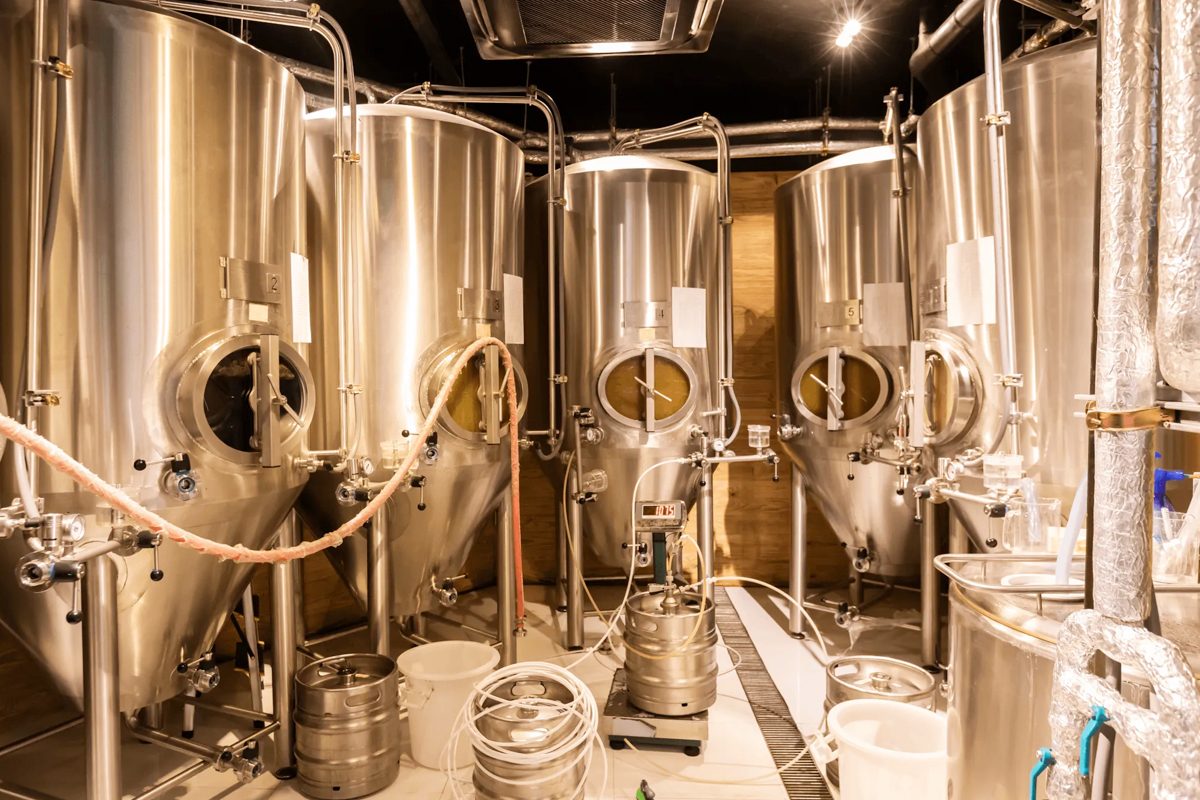
Financial Planning and Funding
Creating a Business Plan
A well-thought-out business plan can secure funding and guide the growth of your microbrewery. This plan should include detailed financial projections, marketing strategies, and operational plans.
- Executive Summary: Outline your business concept, target market, and unique selling points.
- Market Analysis: Provide data on the craft beer industry, including trends, competition, and target demographics.
- Financial Projections: Include detailed income statements, cash flow forecasts, and balance sheets for at least the first three years. These should cover all startup and operational costs, as well as revenue projections.
- Breakeven Analysis: Calculate the breakeven point where your microbrewery will start making a profit. This analysis can help understand how long it will take to recoup the initial investment.
Securing Funding
Funding is a critical aspect of setting up a microbrewery, and there are several options to consider.
- Personal Savings: Many microbrewery owners start by investing their savings. This reduces the need for external funding but comes with personal financial risk.
- Bank Loans: Traditional bank loans are a common funding source, especially for larger initial investments. Be prepared to present a strong business plan and possibly secure the loan with collateral.
- Small Business Administration (SBA) Loans: In the United States, SBA loans can provide favorable terms for small businesses, including microbreweries. These loans often require a lower down payment and offer longer repayment periods.
- Investors: Attracting private investors can provide the necessary capital, but this often means giving up a percentage of ownership or control of the business. Angel investors and venture capitalists might be interested in a microbrewery with a unique concept or growth potential.
- Crowdfunding: Platforms like Kickstarter or Indiegogo allow you to raise funds by pre-selling your beer or offering other rewards. This method not only raises capital but also helps build a community around your brand.
- Grants and Incentives: Some regions offer grants or tax incentives for small businesses, particularly those in the food and beverage industry. Research local opportunities that might help reduce your startup costs.
Managing Cash Flow
Effective cash flow management can make or break a microbrewery’s success, especially in the early stages.
- Tracking Expenses: Use accounting software to track all expenses meticulously. This helps in understanding where your money is going and identifying areas where you can cut costs.
- Budgeting for Seasonal Variability: The beer industry often experiences seasonal fluctuations, with higher sales in the summer months. Budgeting for these variations will help you maintain liquidity throughout the year.
- Maintaining an Emergency Fund: Set aside a portion of your revenue in an emergency fund to cover unexpected costs or downturns in sales. A reserve equal to three to six months of operating expenses is advisable.
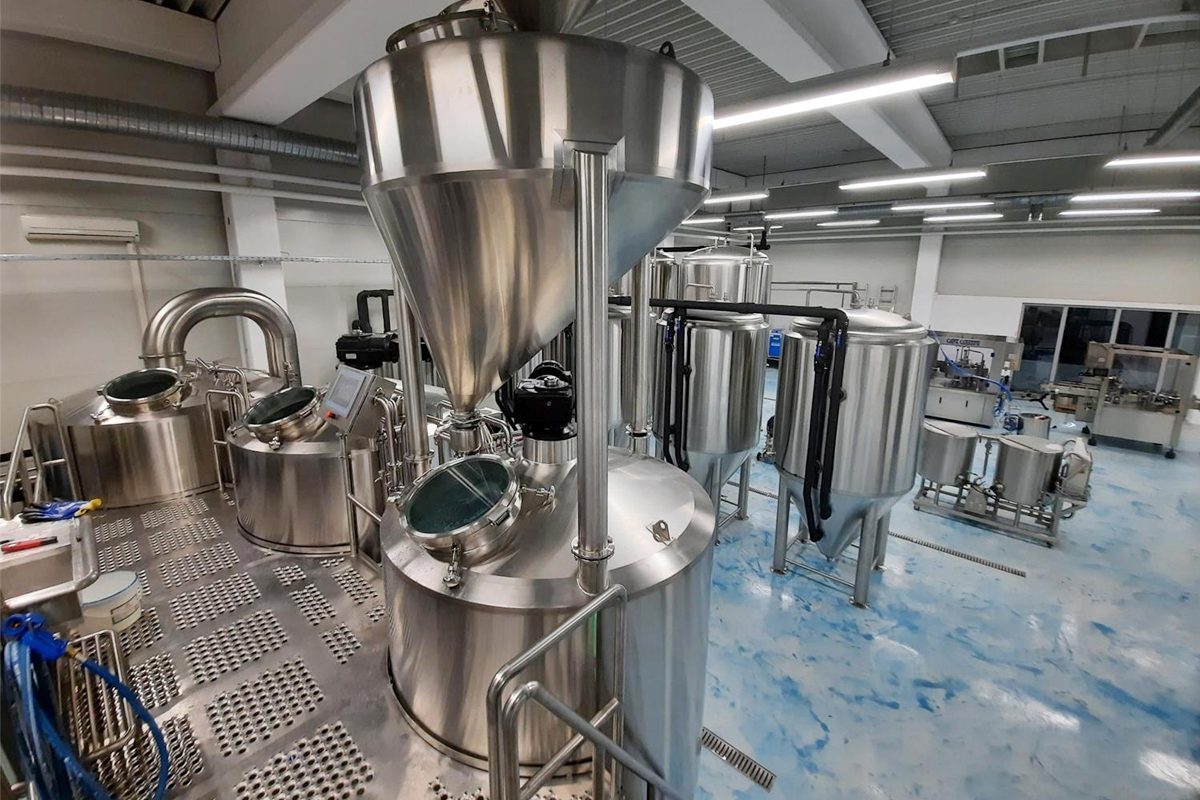
Legal and Regulatory Considerations
Understanding Local Regulations
Navigating the legal landscape is one of the most challenging aspects of setting up a microbrewery. Regulations vary widely by region and can significantly impact your operational costs.
- Alcohol Laws: These govern everything from production to distribution and sales. Compliance with federal, state, and local alcohol laws is non-negotiable and often requires working with legal experts who specialize in the beverage industry.
- Health and Safety Standards: Breweries must adhere to strict health and safety standards, which include regular inspections and compliance with sanitation protocols. Non-compliance can lead to fines or even closure.
- Employment Laws: If you have employees, you must comply with employment laws regarding wages, working conditions, and benefits. This includes adhering to the Fair Labor Standards Act (FLSA) in the United States, or equivalent laws in other countries.
- Environmental Regulations: Breweries produce wastewater and other byproducts that must be managed by environmental regulations. Failure to comply can result in hefty fines and reputational damage.
Intellectual Property
Protecting your brand through intellectual property (IP) rights is essential, particularly in the competitive craft beer market.
- Trademarking Your Brand: Trademark your brewery’s name, logo, and any unique beer names to protect them from being used by competitors. The cost of trademarking can range from $500 to $2,000 per mark.
- Protecting Recipes: While beer recipes themselves cannot be patented, the branding and specific processes used in brewing can be protected under trade secrets. Ensure that employees sign non-disclosure agreements (NDAs) to protect proprietary information.
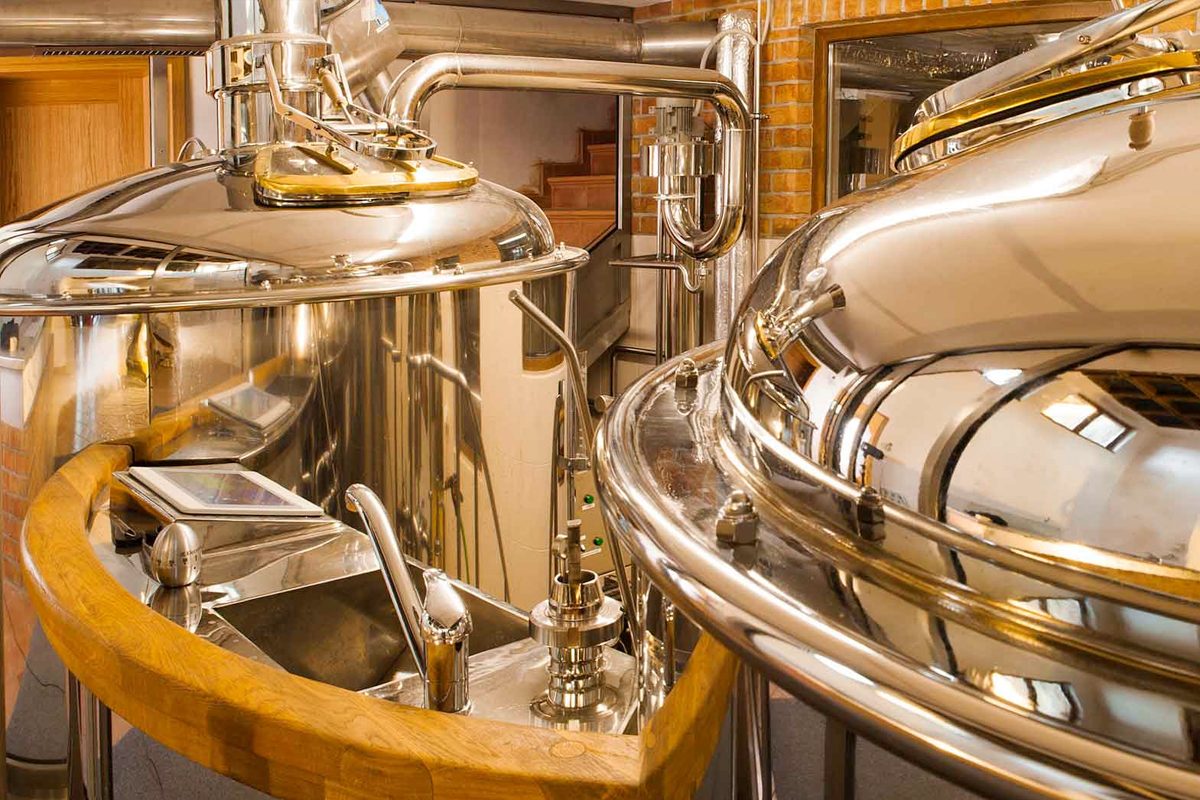
Scaling and Growth Strategies
Expanding Production
As your microbrewery gains popularity, you may need to expand production to meet demand.
- Adding Capacity: This might involve purchasing additional fermentation tanks, upgrading your brewhouse, or expanding your storage facilities. The cost of expansion can range from $50,000 to $500,000, depending on the scale.
- Contract Brewing: If you cannot meet demand, contract brewing allows you to produce your beer at another brewery’s facility. This can be a cost-effective way to scale without significant capital investment.
- Opening Additional Locations: Some successful microbreweries expand by opening additional taprooms or production facilities in new locations. This strategy requires significant investment but can dramatically increase your market reach.
Diversifying Product Offerings
Diversifying your product line can help attract new customers and increase revenue.
- Seasonal and Specialty Brews: Offering limited-edition or seasonal beers can create excitement and drive sales. These can be priced higher due to their exclusivity.
- Non-Alcoholic Options: With the growing trend toward health-conscious consumption, offering non-alcoholic beer or other beverages can appeal to a broader audience.
- Food and Beverage Pairings: If you have a taproom, consider adding a kitchen to offer food pairings that complement your beer. This not only increases revenue but also enhances the customer experience.
Expanding Distribution
Expanding your distribution network is another key strategy for growth.
- Regional Distribution: Start by expanding distribution within your region. Establishing relationships with local distributors and retailers is crucial for this stage.
- National Distribution: If your brand gains national recognition, consider expanding your distribution network across the country. This will require significant investment in production capacity and logistics.
- Exporting: International markets offer additional growth opportunities, especially in countries with a burgeoning craft beer scene. However, exporting involves navigating complex regulations and logistics.
Leveraging Technology
Technology can play a vital role in optimizing operations and expanding your customer base.
- Brewery Management Software: Invest in brewery management software to streamline operations, from inventory management to sales tracking. This software can help you optimize production, reduce waste, and increase profitability.
- E-commerce Platforms: Online businesses can reach a wider audience. Consider selling your beer and merchandise online, using an integrated e-commerce platform that handles inventory, sales, and shipping.
- Social Media and Marketing Tools: Use social media platforms and digital marketing tools to promote your brewery, engage with customers, and build a loyal community. Effective use of these tools can significantly increase your brand’s visibility and sales.
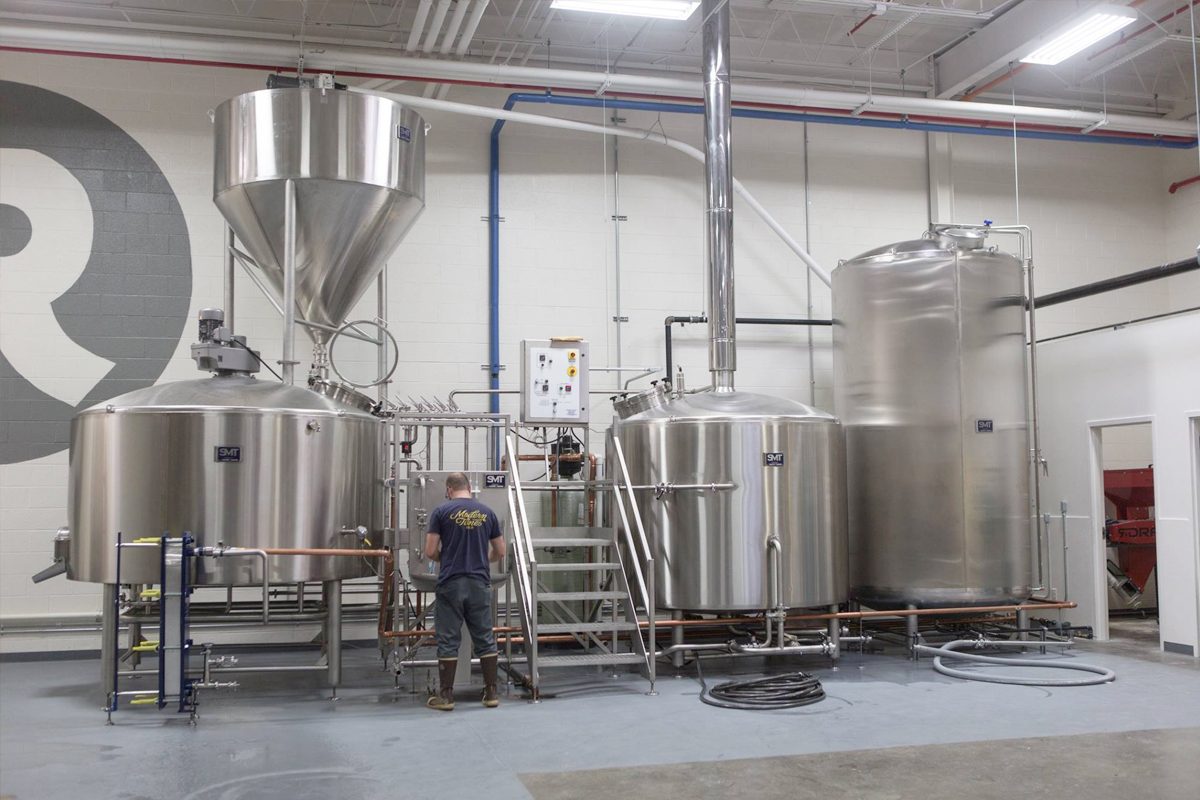
Risk Management
Identifying Potential Risks
Every business venture involves risks, and the microbrewery industry is no exception. Identifying and mitigating these risks can lead to long-term success.
- Market Saturation: The craft beer market has become increasingly competitive, with many regions experiencing market saturation. Conducting thorough market research and differentiating your brand can help mitigate this risk.
- Supply Chain Disruptions: Disruptions in the supply chain, such as shortages of raw materials or packaging, can impact production. Establishing strong relationships with multiple suppliers can help mitigate this risk.
- Economic Downturns: Economic downturns can reduce consumer spending on non-essential items like craft beer. Building a loyal customer base and diversifying your revenue streams can help your brewery weather economic challenges.
Mitigating Risks
Implementing risk-mitigation strategies can help protect your investment.
- Diversifying Revenue Streams: As mentioned earlier, diversifying your product offerings and revenue streams can help protect your brewery from market fluctuations.
- Building a Strong Brand: A strong brand can create customer loyalty and provide a buffer against competition and economic downturns. Invest in consistent branding, quality products, and excellent customer service.
- Maintaining Financial Reserves: Keeping a healthy financial reserve allows your brewery to navigate unexpected challenges, such as equipment failures or regulatory changes. Aim to have at least six months of operating expenses in reserve.
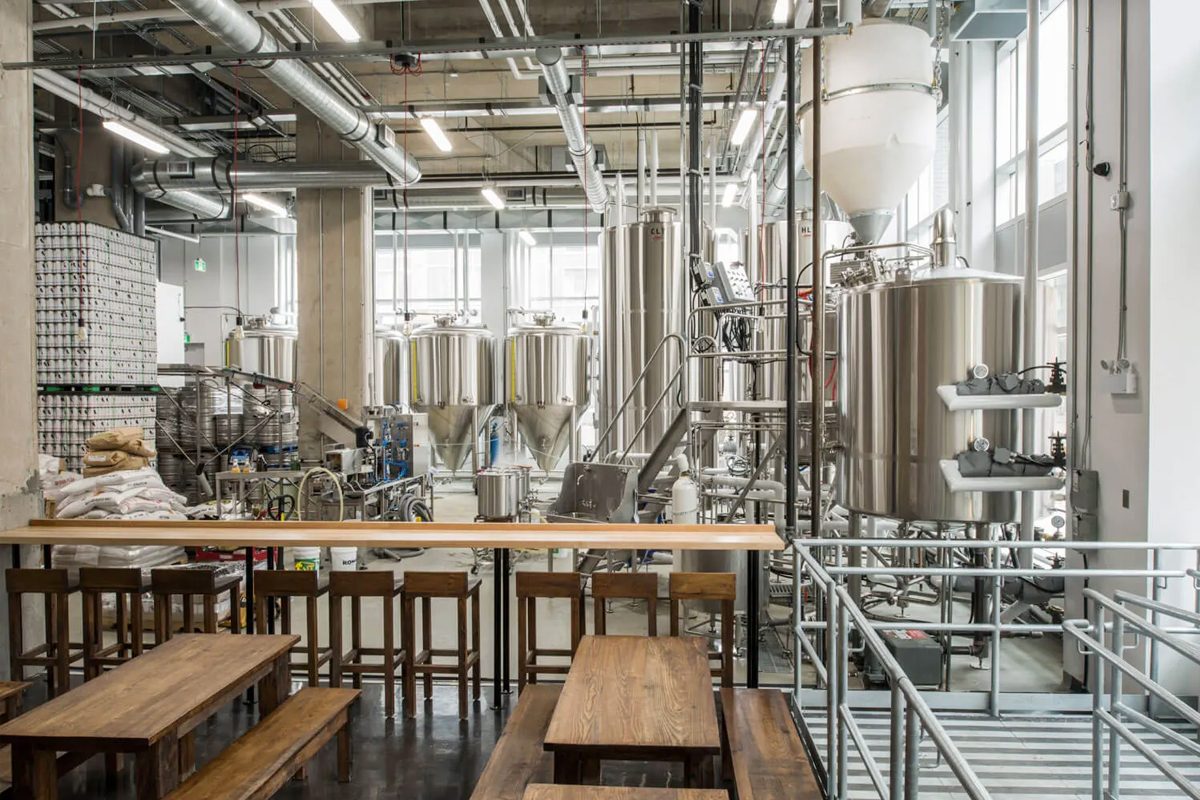
Summary
